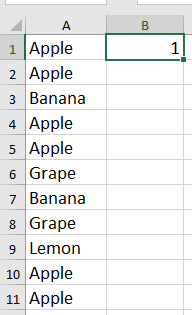
To use a normal single quote character, use a pair of consecutive single quotes. The result is a floating point number, so I use cast(. The sqlite3datacount (P) interface returns the number of columns in the current row of the result set of prepared statement P. Use a plural method by passing in the count parameter: contentcopy. I'm using date() to turn those created timestamps into YYYY-MM-DD dates.įinally, I use julianday() to convert those dates into Julian day numbers, and then subtract the two numbers to get the number of days between them. The min(created) and max(created) functions can then find the earliest and latest dates in each group. Grouping by country, grp returns a single row per group. This is because MySQL and SQLite do not make it easy to obtain back automatically. The first two steps are implemented using CTEs. Count the number of records matching the provided where clause. Our results are measured by taking the average of consecutive five tests. Group the data by country and group number, and use min() and max() to find the start and end dates for each group and to calculate the number of days in each group. We modify SQLite 3.7.3 vesion to select rollback journal location optionally.That group number increments whenever the country changes.

Group the data by country, using another window function to assign a group number to each row.


Julianday( date( min(created))) as integer UNION returns all of the values from the result table of each SELECT statement. Where previous_country is null or previous_country != country Lag(country) over ( order by created desc)


 0 kommentar(er)
0 kommentar(er)
